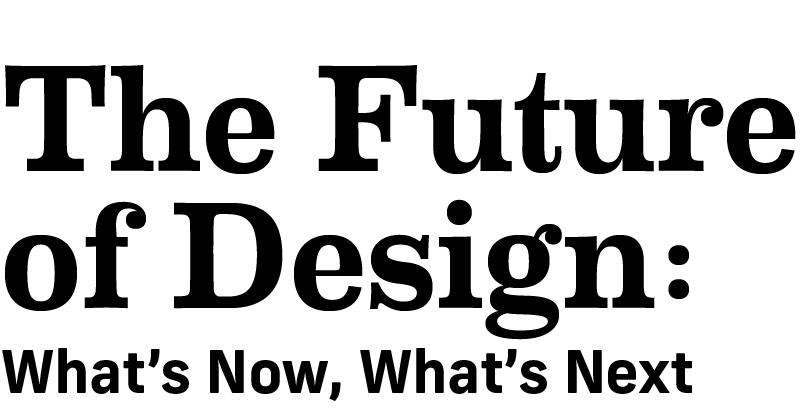With more than 25 years improving the lives of long-term care residents under her belt, Jane Rohde, principal of JSR Associates Inc., was honored Sunday at the Environments for Aging Conference in Baltimore for her vision and commitment to resident-centered care.
Rohde was given The Center for Health Design's Changemaker Award, which recognizes exceptional ability to change the way healthcare facilities are designed and built, particularly for her career spent launching a new generation of elder care communities across the world, noted Debra Levin, The Center's president and CEO.
This is the first year The Center has awarded a Changemaker Award in the LTC space.
On Sunday The Center also awarded a Lifetime Achievement Award to Betsy Brawley, a 30-year industry veteran with expertise in research, theory, and practice who's credited with profoundly changing the lives of seniors, particularly through environments that support those with dementia.
Brawley shared how her mother was diagnosed with Alzheimer's, an event that provided her with an introduction to the disease and inspired her to at the very least do something to help the families charged with caring for their afflicted loved ones. "I was not able to walk away from it and say there's nothing I can do," she said.
The afternoon keynote was provided by Rohde, who shared inspiring moments that have shaped her work, specifically recognizing that the design of senior living environments is too often focused on the "why" and should instead be in response to the "who."
And there were a lot of "who's" responsible for the path Rohde has taken.
For example, she told attendees, a resident named Miriam lived at the retirement community where Rohde started her career. Although the building was ahead of the game at the time with single rooms, after talking to Miriam, she realized all of the ways that the environment wasn't really answering patient needs. "Wow, we're really missing it," she recalled thinking.
Too often, she said, the design community in general spends too much time talking about things like precise toilet locations and not enough time about how people live.
The result of Miriam's influence was designs such as a table that features an inset corner, where a resident in a wheelchair could wheel in and sit comfortably with friends at the rest of the table. "It was Miriam who did that," she said.
Rohde went on to stress the importance of outcome-driven design that starts with the resident, and then adds in desired outcomes and operations to figure out how they all come together and how to best support them with the physical environment. "Invoke them," she said. "It's not hard, but we miss it a lot."
These lessons and more have allowed Rohde to take her mission overseas, too, especially in China, a country with an exponentially larger baby boomer population than the U.S. without any existing long-term care industry. Rohde has been deeply involved for five years with the launch of senior care solutions. "It's like a blank slate," she said.
And as models get off the ground there, the cultural response to aging in China has provided takeaways, as well. For example, in China, communities don't provide activity programming and instead families are generally responsible for those functions, inspiring solutions that are deeply personal and valued to the individual. "The activity program is what brings people to life," she said.
Providing an example of a similar approach in the U.S., Rohde shared a video of a resident who became re-engaged with life by his community's staff offering him an iPod loaded with tunes personal to him, in response to his daughter sharing her dad's love of music when he was younger. "It's music, yes, but it's other things, as well," she said, urging attendees to think about what power everyone in the general session room might be able to harness to affect change in other ways.
One of those ways going forward, she shared, is further exploring the concept of multigenerational communities, in particular. "We can't do what we're doing if we don't recognize we need the Millennial group, the elder group, and all of us in between," she said.
Some examples she shared included projects where young mothers or wounded warriors live in developments surrounded by senior living communities where the generations might support one another.
"There's a bit of a changemaker in all of us, I believe," she said.









